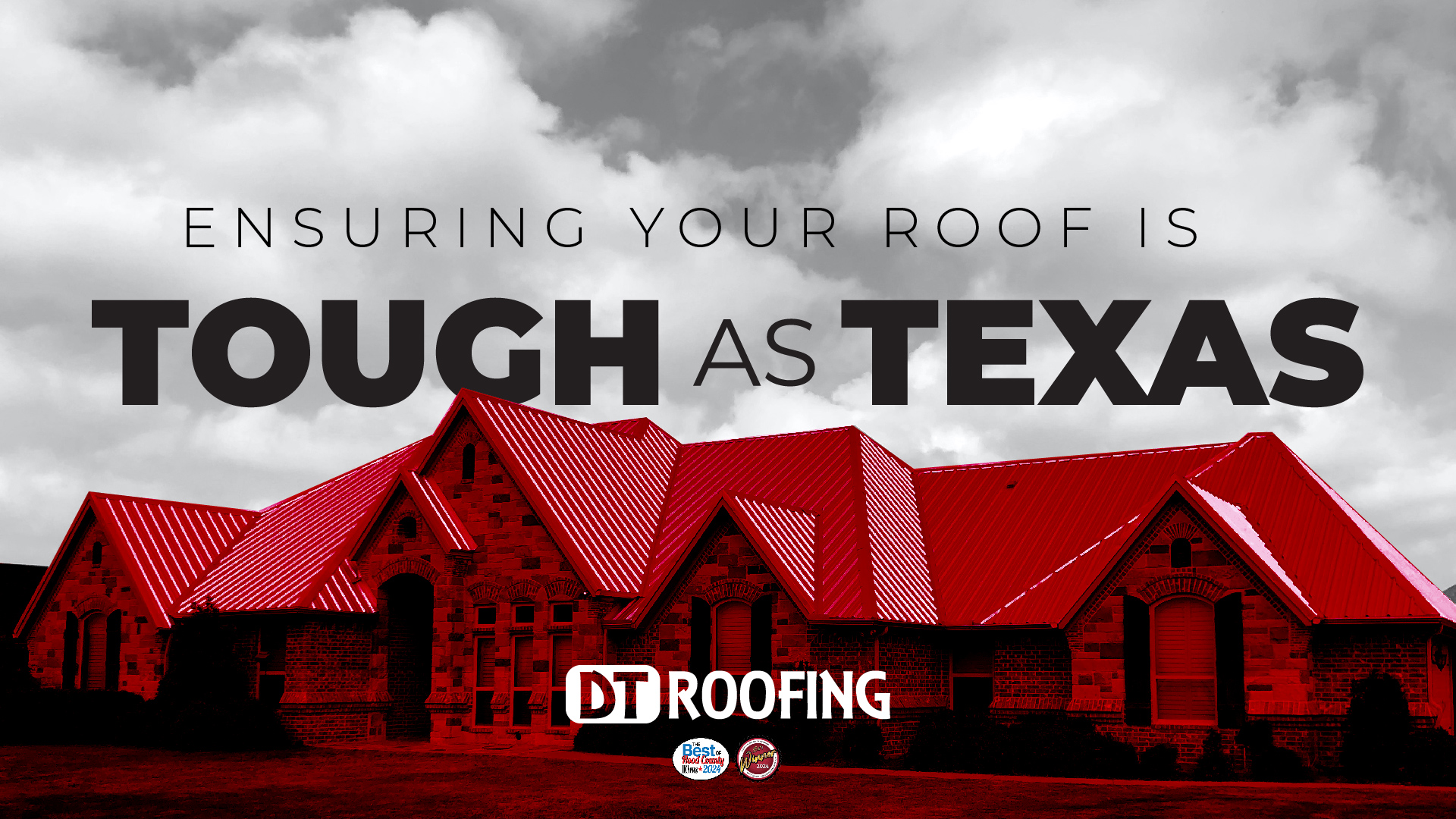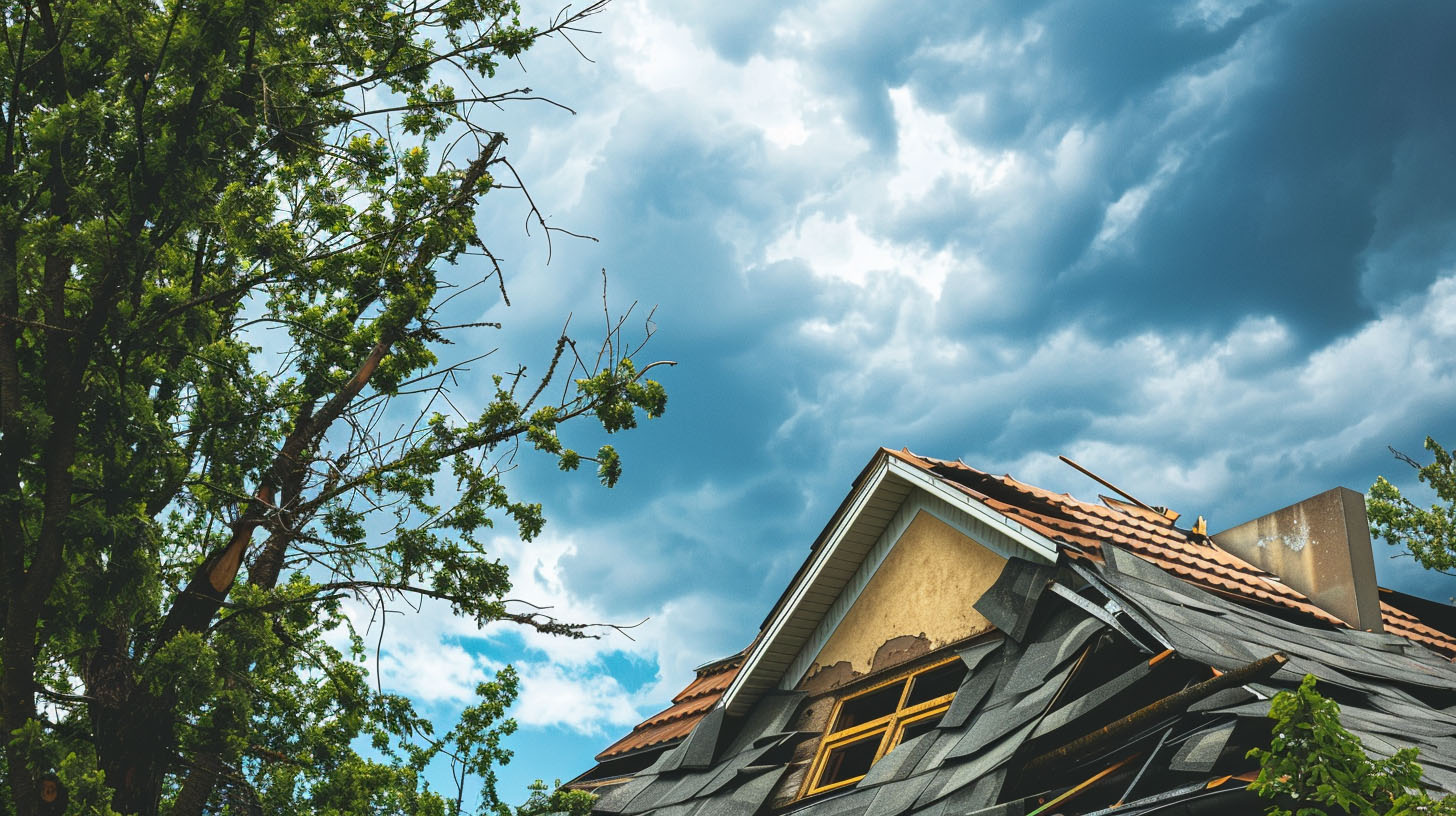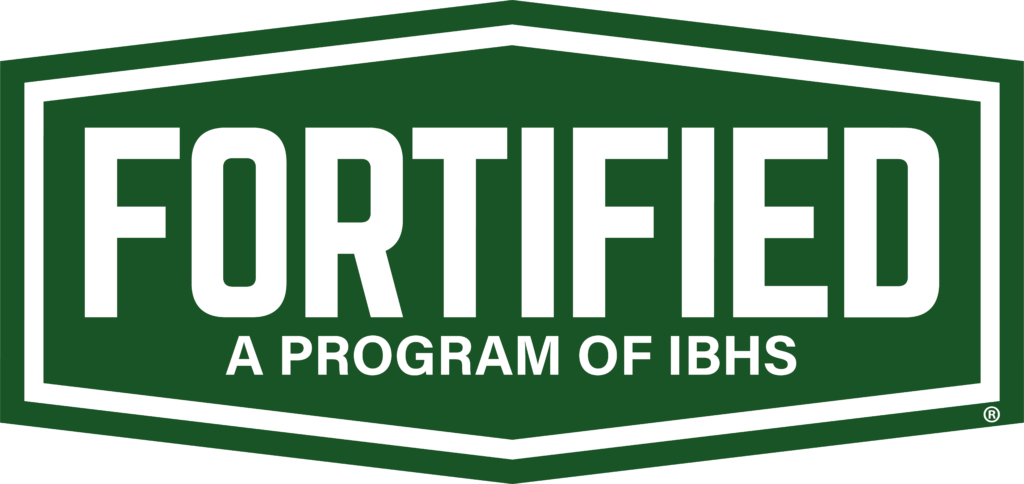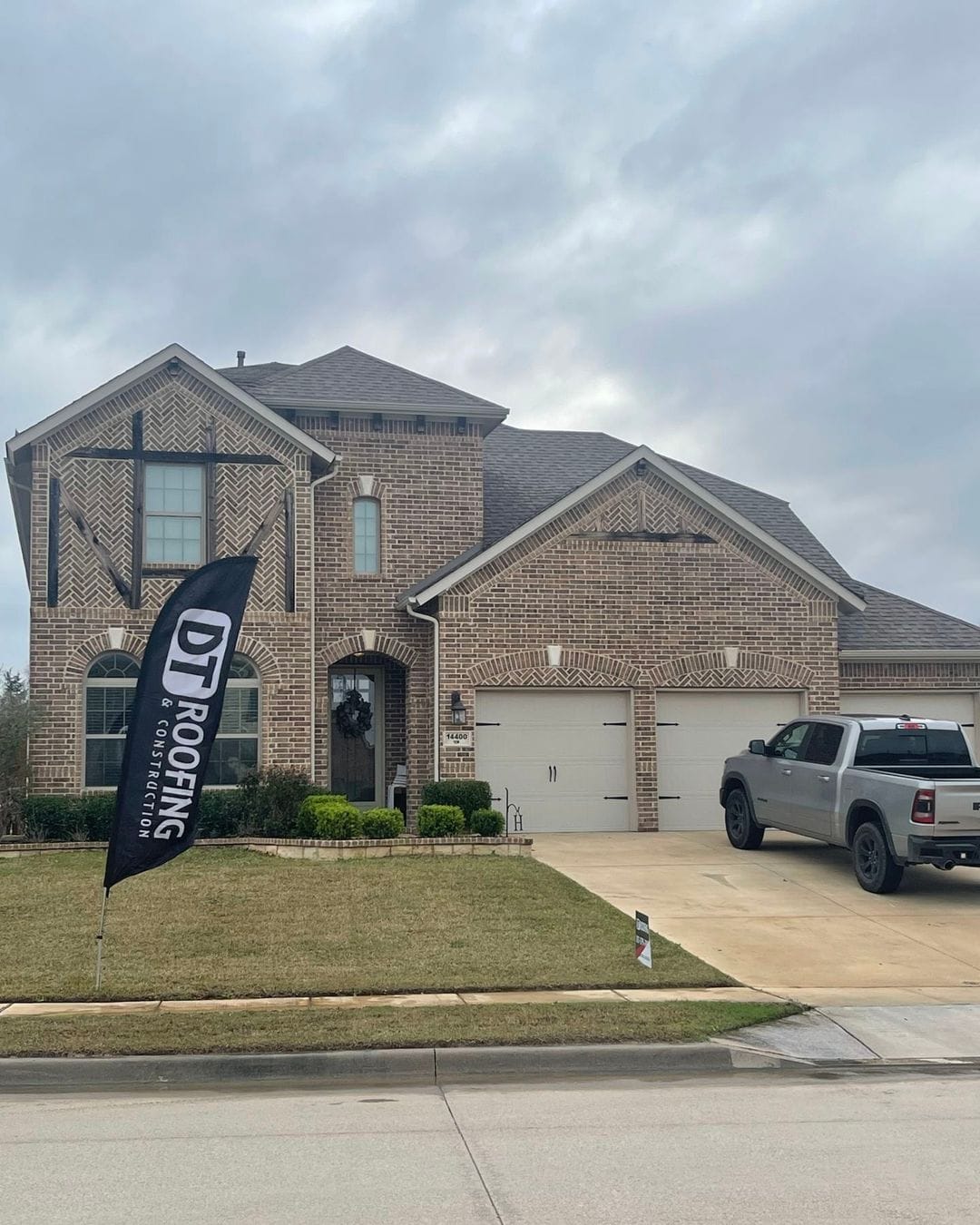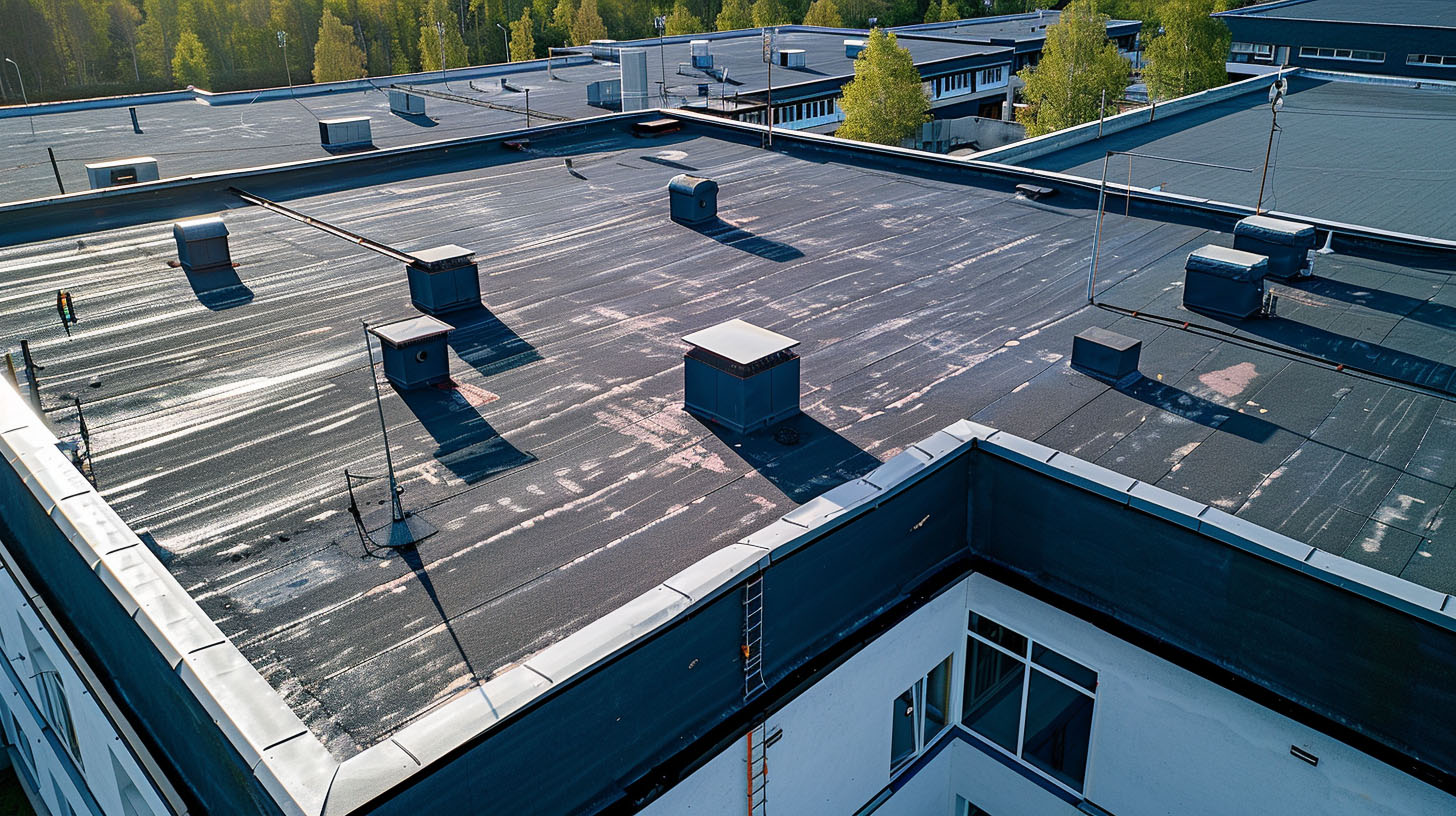
Preventing Leaks on Commercial Roofs
Water infiltration is one of the most common and costly issues affecting commercial properties. A leaking roof can disrupt operations, damage equipment, and pose safety hazards for employees and customers. In Weatherford, TX, where shifting weather patterns and seasonal storms are common, the need for proactive roof leak prevention is critical. At DT Roofing, we specialize in helping businesses protect their investments with comprehensive leak prevention strategies tailored to their specific roofing systems.
Understanding the Root Causes of Commercial Roof Leaks
Before leaks can be prevented, it’s important to understand how they occur. Unlike residential roofs, commercial roofs often have flat or low-slope designs that are more vulnerable to water pooling and slow drainage. Over time, these conditions can lead to membrane degradation, flashing failures, and joint separation.
Common Culprits Behind Commercial Roof Leaks:
- Clogged or damaged drainage systems that prevent proper water flow
- Punctures or tears in the roofing membrane due to foot traffic or debris
- Failed flashing around HVAC units, vents, and skylights
- Shrinkage and aging of roofing materials from UV exposure
- Improper installation or poor repairs by unqualified contractors
Each of these issues may start small but can lead to significant damage if not addressed promptly.
Routine Roof Inspections: Your First Line of Defense
The best way to prevent leaks is to identify vulnerabilities before they turn into problems. Routine inspections should be scheduled at least twice a year—ideally in the spring and fall—and after major weather events.
During inspections, a trained roofing professional will:
- Check for membrane punctures or blistering
- Inspect flashing and seals for signs of deterioration
- Assess drainage systems for clogs or damage
- Evaluate rooftop equipment and penetrations for water intrusion points
These proactive assessments allow you to catch early warning signs and take corrective action before water damage occurs.
Investing in Proper Drainage Systems
Flat commercial roofs rely heavily on efficient drainage. If water is allowed to pool for extended periods, it can stress the membrane and accelerate material breakdown. That’s why installing and maintaining internal drains, scuppers, and gutters is vital.
Key Tips:
- Clean all drainage components regularly, especially after storms
- Ensure downspouts are clear and discharge away from the building
- Consider adding tapered insulation to help water flow toward drains
Use of High-Quality Materials and Installation
Cutting corners with cheap materials or substandard installation can lead to premature roof failure. At DT Roofing, we use only premium-grade products from trusted manufacturers like Owens Corning Platinum Preferred Contractor, ensuring long-lasting protection and superior performance.
Whether you’re installing a new roof or repairing an existing one, every component—from membranes to adhesives to fasteners—should meet industry standards and be installed by certified professionals.
Scheduled Maintenance Plans
Beyond inspections, many commercial property owners opt for scheduled maintenance plans. These programs include routine servicing, documentation of roof conditions, and priority response in emergencies. Maintenance plans can significantly extend the life of your roof and help forecast budget needs for future repairs or replacement.
Regular maintenance also provides documentation that’s helpful when filing insurance claims, verifying warranty conditions, or preparing for building appraisals.
Addressing Roof Penetrations and Flashing
Most leaks start at penetration points—areas where the roof has been cut to install HVAC systems, vents, pipes, or skylights. These spots require precision sealing and high-quality flashing materials to remain watertight.
Over time, flashing can warp or crack, especially when exposed to constant temperature changes. That’s why it’s crucial to inspect and replace failing flashing before water finds its way into the building.
The Role of Coatings and Restoration
For aging commercial roofs not yet ready for replacement, roof coatings offer a cost-effective way to reinforce protection. Elastomeric and silicone coatings can be applied directly over existing membranes, sealing minor cracks and extending the roof’s lifespan by several years.
These coatings create a seamless, UV-reflective surface that resists ponding water and improves energy efficiency. They are especially useful in Weatherford, TX, where intense sun and seasonal rains can speed up roof deterioration.
Weatherproofing for Regional Climate
Weatherford’s climate includes hailstorms, high winds, and dramatic temperature swings. These conditions put stress on roofing systems and require materials and designs built to withstand them. Wind uplift protection, impact-resistant membranes, and flexible sealants are critical components of a leak-resistant commercial roof.
Working with a local contractor who understands regional weather patterns ensures your roof is prepared for whatever nature brings.
Final Thoughts
Preventing leaks on commercial roofs is all about being proactive—not reactive. Through regular inspections, quality materials, professional installation, and ongoing maintenance, you can protect your business, employees, and assets from the costly effects of water intrusion. For property owners in Weatherford, TX, DT Roofing is your trusted partner for leak prevention and long-term roofing solutions.
Read also our blog: Winter Gutter Installation Tips for Roof Safety

